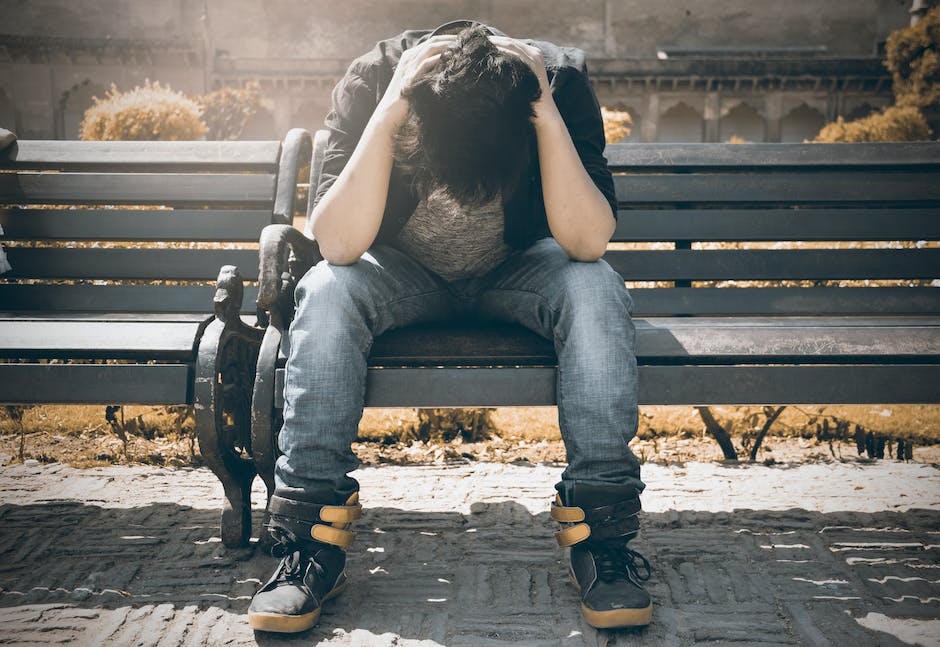The process of grief can be a confusing and difficult time. There are often many mixed emotions that a person experiences during this time. It is important to understand that grief is a process. Each person will experience grief in their own way and at their own pace.
Here Are The 5 Stages of Grief:
- Denial
Denial is the first stage and is characterized by shock and confusion. The person in denial may be unable to believe that the loss has happened. They may also have a sense of unreality and numbness.
- Anger
While it is not necessarily experienced in this order, anger is often one of the first emotions felt after a loss. This is perfectly normal and natural. After all, we are human beings with emotions. However, it is important not to get stuck in this stage and to move on eventually.
- Bargaining
The bargaining stage of grief is a way of trying to regain control. We may feel that if we can just find the right words or make the right deal, we can undo the pain. But, of course, it is impossible to change what has already happened.
Bargaining can give us a false sense of hope and can delay our grieving process. It is important to allow yourself to experience the full range of emotions, even if it is painful.
- Depression
Depression is a stage of grief that can often be misunderstood. It is not a sign of weakness or a lack of faith. Depression is a normal and natural reaction to loss, a necessary part of the healing process.
- Acceptance
The process of grief is often described in stages, with each stage having its own characteristics. The stage of acceptance is often described as the final stage of grief, but it is not always experienced as such. In fact, it is not uncommon for people to move back and forth between stages or experience multiple stages simultaneously.
Conclusion
The stages of grief are well documented and understood. They are denial, anger, bargaining, depression, and acceptance. However, grief is a highly individualized experience; everyone grieves in their own way and in their own time.












